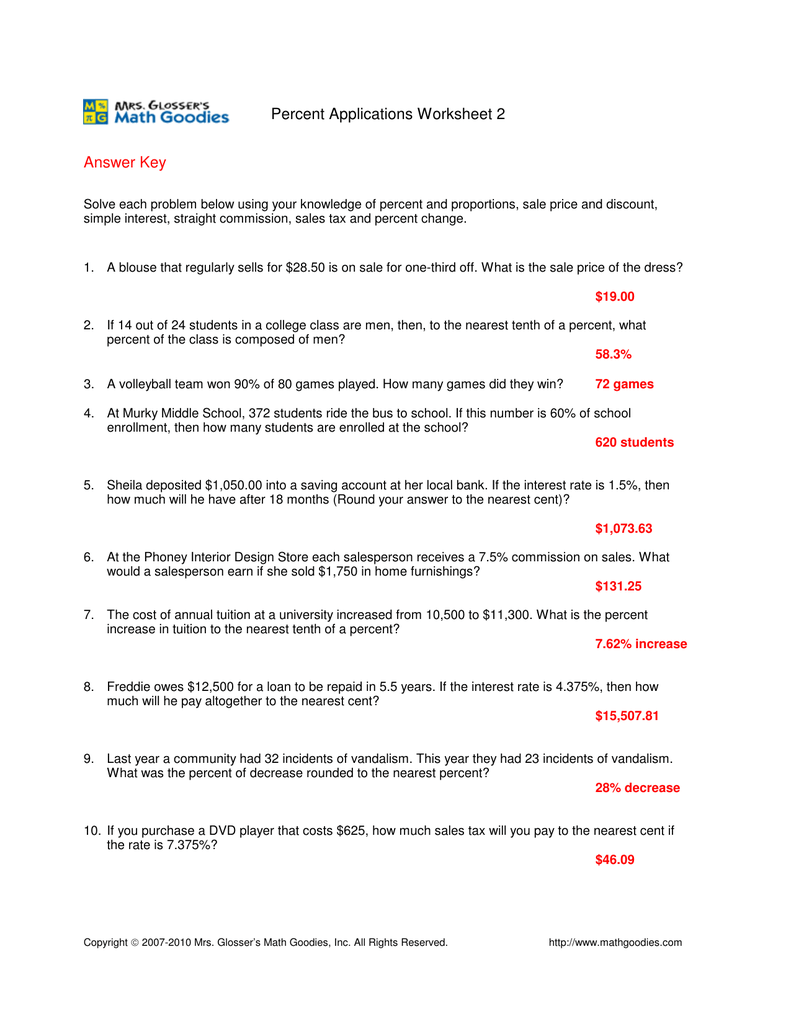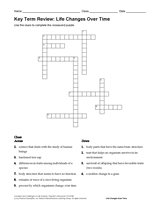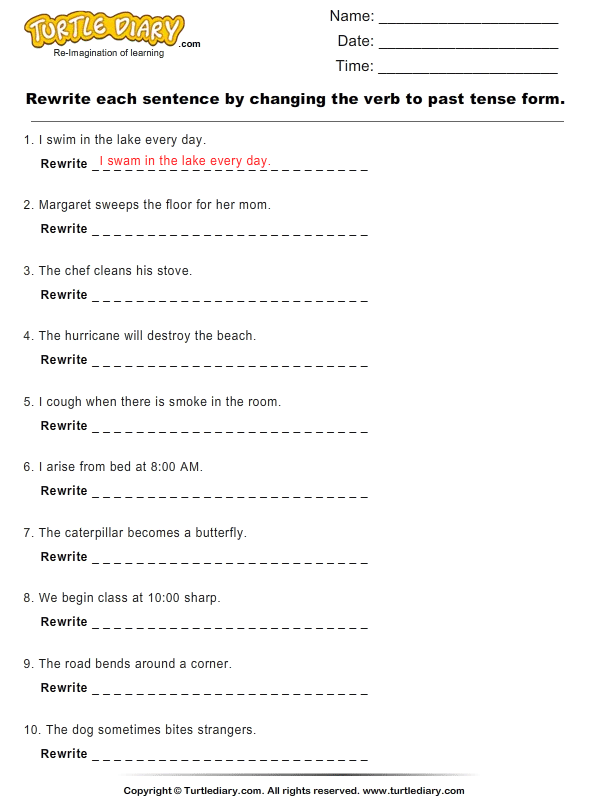

Three frequently occurring models are explained below. Theories can be used to build models and frameworks that have more practical applications and can be used to develop interventions. YouTube has this good summary video on Bandura’s social cognitive theory.ģ Scientific Models and Frameworks Explained Our social surroundings can aid or inhibit our goals by providing opportunities or imposing restrictions, which in turn can affect our perceived self-efficacy and outcome expectations for next time (Bandura, 1999).Ī model of this theory is shown below, highlighting a bidirectional relationship between an individual’s personal factors, the environment, and their behavior, with each factor influencing the others. This includes an individual’s personal resources and abilities, their perceived self-efficacy (capability of performing the behavior), their expectations of the costs and benefits of changing their behavior, and the perceived barriers and opportunities that may help or hinder them.īandura emphasizes that we are the agents of our own development and change, and our perceived self-efficacy and outcome expectations play an important role in determining our actions. He expanded his theory to include personal factors of the individual: cognitive, affective, and biological. However, Bandura acknowledged that there is more to adopting a behavior than this. We may be rewarded for this, which reinforces the behavior, or punished, which reduces the likelihood we will do it again. The social cognitive theory, proposed by Bandura in 1986, is an expansion of his earlier social learning theory, in which he states that many behaviors are learned by observing others in our social environment (Bandura, 1999).įor us to adopt a behavior, we have to pay attention to the behavior being modeled, remember it, and reproduce it.


Here is a useful YouTube explanation of the theory of planned behavior. (1992), shows the theory of reasoned action in gray and the addition of perceived behavioral control in brown to create the theory of planned behavior. The image above, adapted from Madden et al. The theories of planned behavior/reasoned action

This extended model is known as the theory of planned behavior and accounts for more variation in behavior change than the theory of reasoned action (Madden et al., 1992). Perceived behavioral control is a person’s confidence in their capability to perform the behavior and whether they believe they can overcome barriers and challenges. In the 1980s, Ajzen extended this model to incorporate perceived behavioral control as an influencer of intention and sometimes as a direct influence on behavior (Madden et al., 1992). This means that the more positive a person’s attitude toward changing their behavior and the more others are doing the desired behavior or supporting the behavior change, the stronger the person’s intention to change their behavior will be and the more likely they are to successfully change it. This theory posits that behaviors occur because of intention, and intention is influenced by personal attitude and the perceived social norm (Madden, Ellen, & Ajzen, 1992). The theory of planned behavior/reasoned actionįishbein and Ajzen developed the theory of reasoned action in the 1970s. We will discuss the most frequently occurring theories and models in this article. (2015), researchers identified 82 theories of behavior change applicable to individuals. There are many theories about behavior and behavior change. Some changes may be easy, but others prove quite challenging.Ģ Psychology Theories About Changing Behavior These are just a few examples of behavior changes that many have tried at some time in their lives.
#A time for change answer key how to#
How to Elicit Behavior Change: 4 Techniques.Behavior Change Research: A Fascinating Study.3 Scientific Models and Frameworks Explained.2 Psychology Theories About Changing Behavior.


 0 kommentar(er)
0 kommentar(er)
